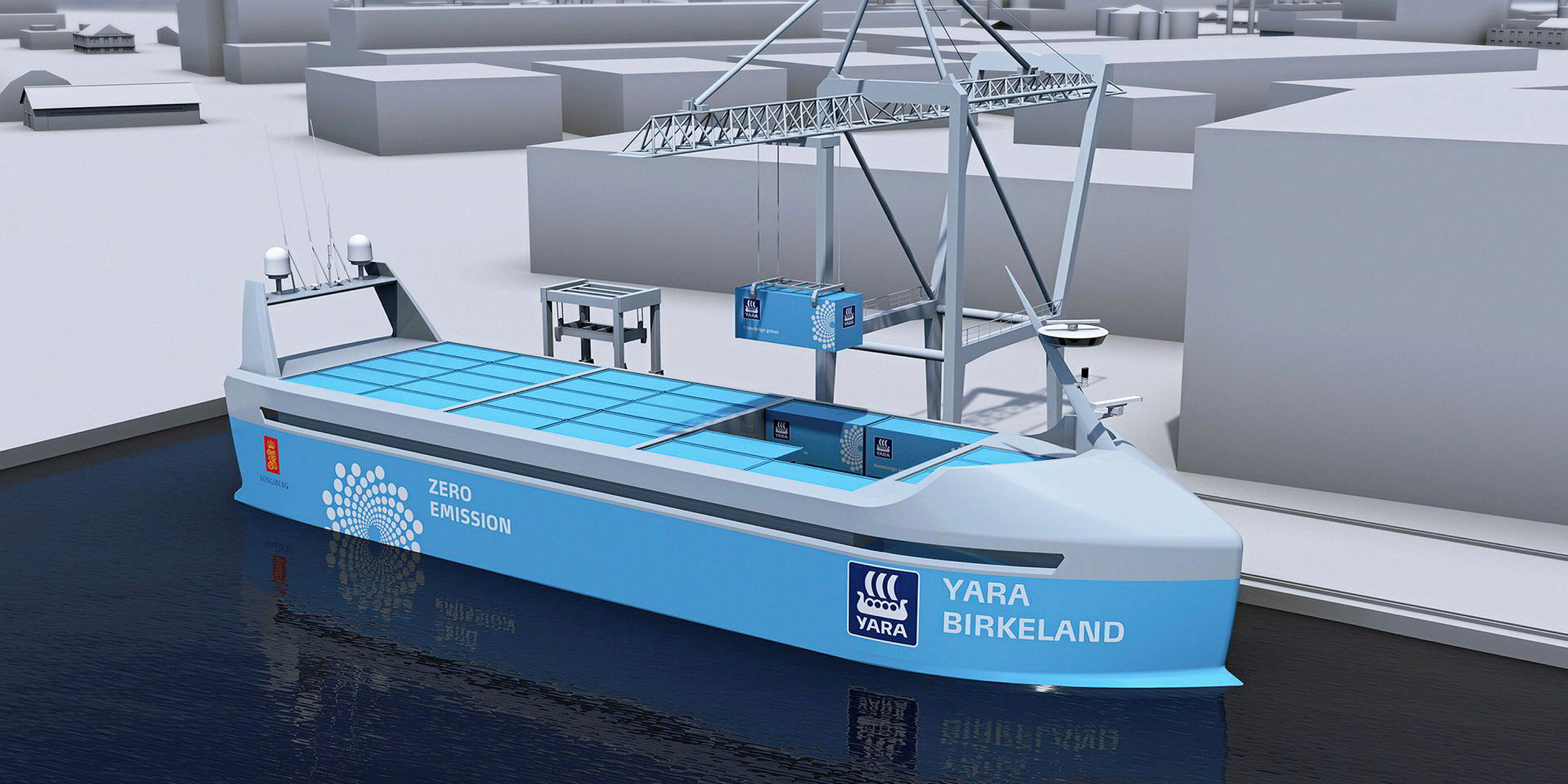The IMO this week took its first step towards updating safety and environmental regulations to reflect the increasing levels of automation in shipping.
Making the rise of automation the focus of its Maritime Safety Committee (MSC)'s two-week conference in London, the IMO is to start the process of amending international conventions to accommodate the emergence of what the IMO describes as Maritime Autonomous Surface Ships (MASS).
A working group has been established to “develop a plan of work, including expected deliverables, coordination mechanisms and future work”, the IMO said.
It has been launched in response to calls for action from countries including Norway, the UK and Japan, which have extensive ship automation programmes under way.
However, it is the first step in what is likely to be a lengthy process.
The working group must first draw up the “process and procedure” to review the regulation. A “scoping exercise” of existing regulation is set to follow that is not expected to be completed until 2020. Only after that will proposals for updating regulation start to be considered.
In the meantime, ship automation projects are already scheduled to come into operation in the near future that may require a new regulatory framework to be in place.
In Norway, the 120-teu unmanned vessel Yara Birkeland is expected to be in operation by 2020, trading between Norwegian ports.
Japan’s NYK Line has also said it wants to trial unmanned containerships by 2019, while also planning trials of anti-collision technology.
Marine technology
There are other initiatives under development from marine technology and engineering companies such as Rolls-Royce, Wartsila and ABB.
These projects are likely to require changes to the cornerstones of international safety regulation, which include the International Regulations for Preventing Collisions at Sea (Colregs) and minimum manning levels set out in the International Convention on Standards of Training, Certification and Watchkeeping for Seafarers.
Classification society Lloyd’s Register said in its preview of the MSC meeting that the IMO faces a “huge challenge” given the pace of change in automation technology.
“The review of the regulatory framework, regulation by regulation, will pose huge challenges to the IMO as autonomous ships are developed based on different concepts and different safety measures from traditional ships,” Lloyd’s Register said.
“The challenge for the IMO is that the completion for the scoping exercise won’t produce a regulatory structure, so there will be a gap between the development of regulation and the development of autonomous ships.”
The classification society said that while large-scale uptake of autonomy in commercial shipping is not likely in the near future, there are early adopters with projects for conventional-sized vessels that are in various stages of planning.
“In our view then, there are issues that may require immediate solutions,” Lloyd’s Register added.
One possible outcome is that a new set of regulations for MASS vessels will have to be created that will run alongside existing maritime conventions and regulations.
It is forecast that vessels with varying degrees of automation will operate alongside conventional vessels for some time before two sets of regulation are required.
Earlier this month, International Association of Classification Societies chairman Knut Orbeck-Nilssen pledged that his association would help the IMO in its efforts to update regulation to meet the new age of automation.



